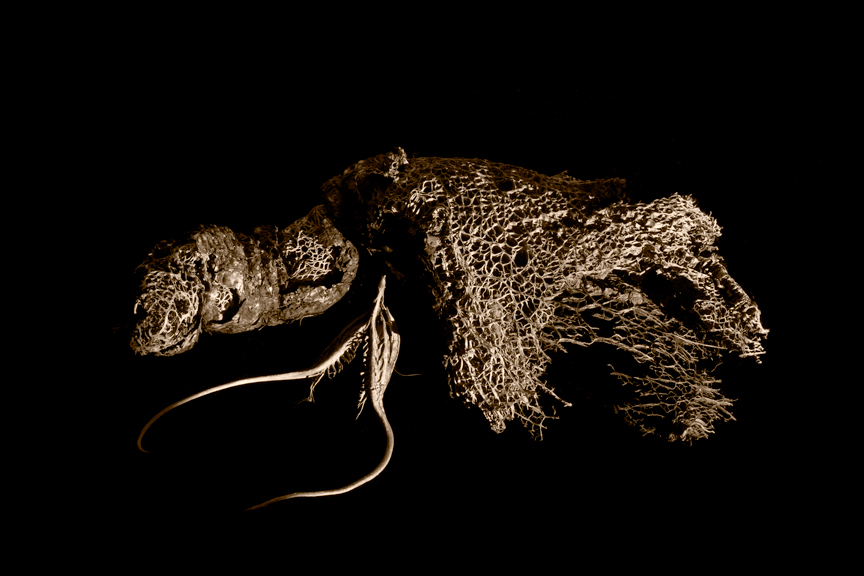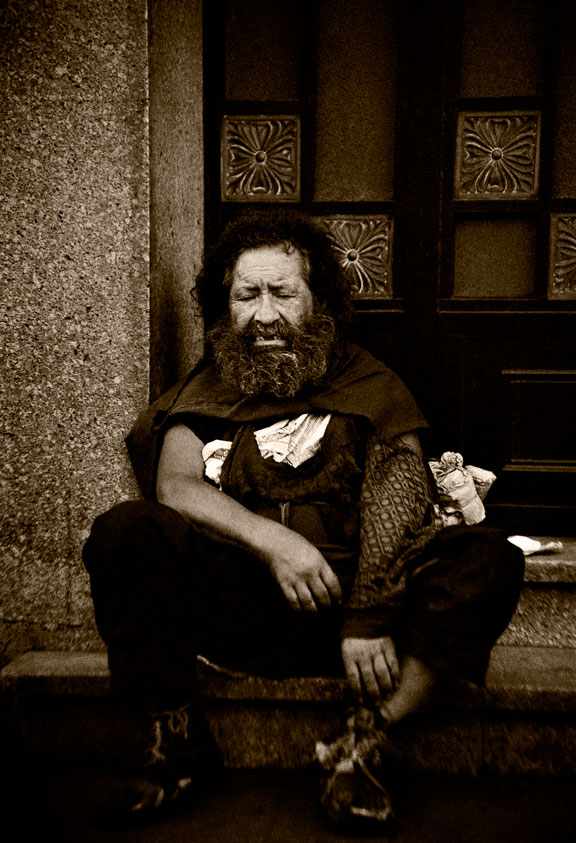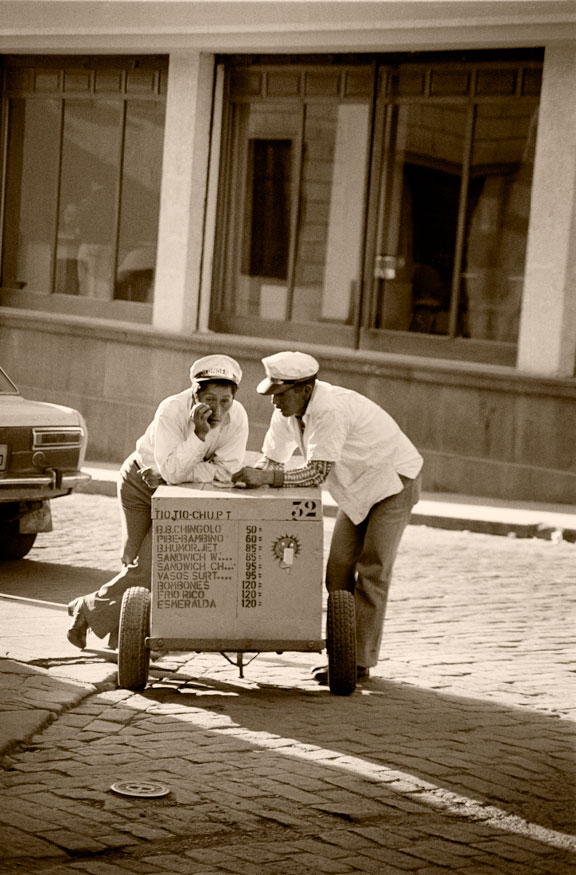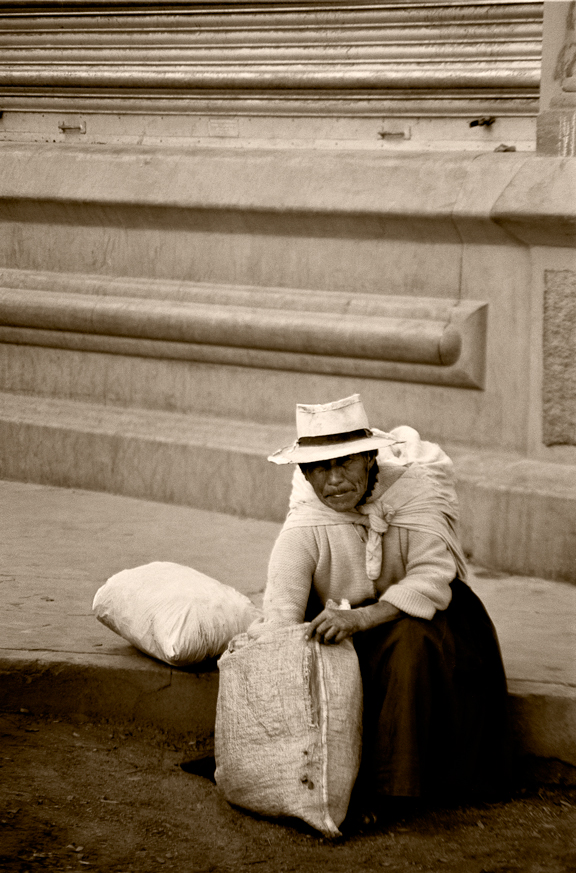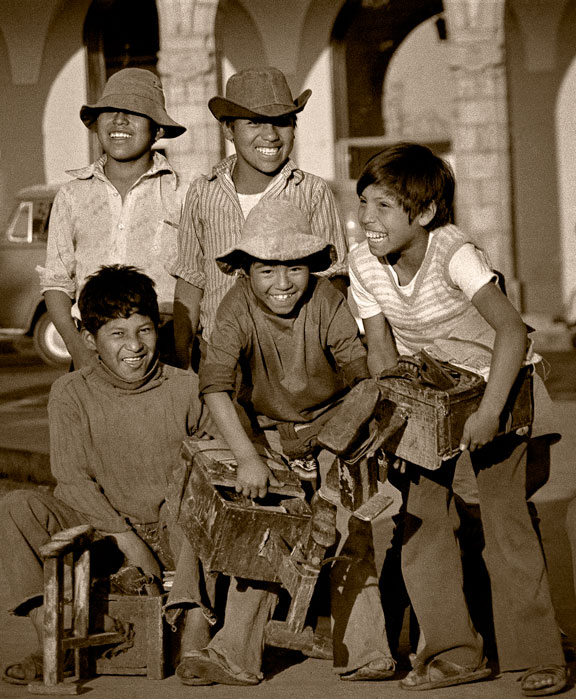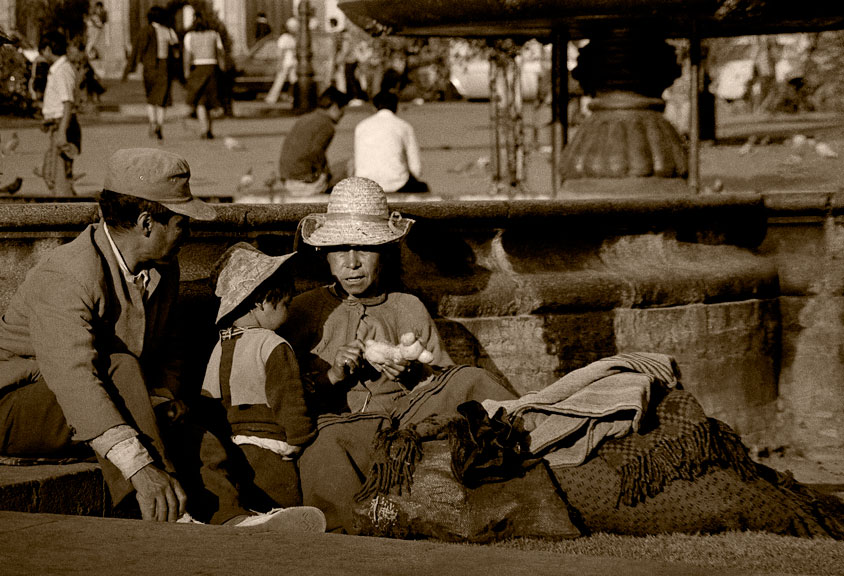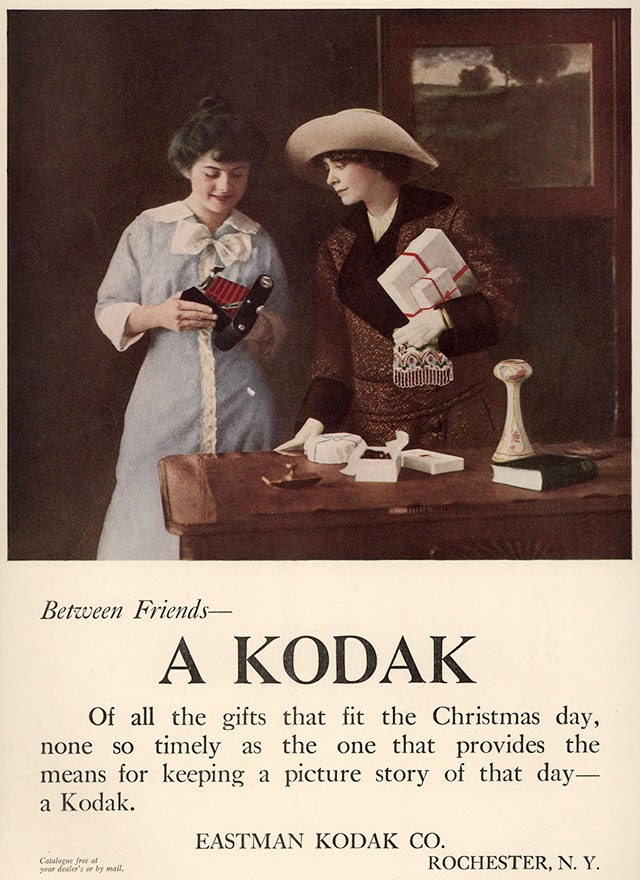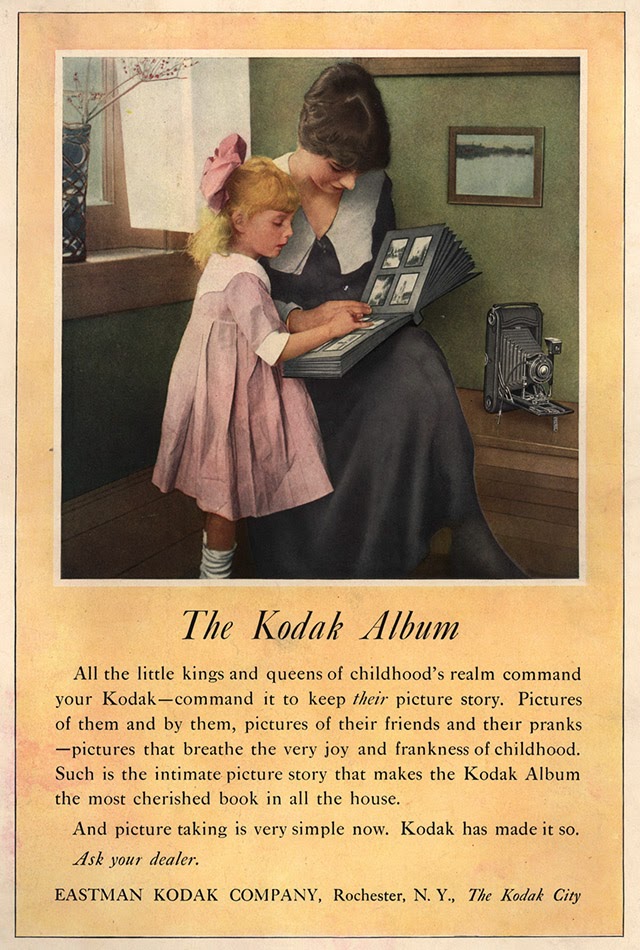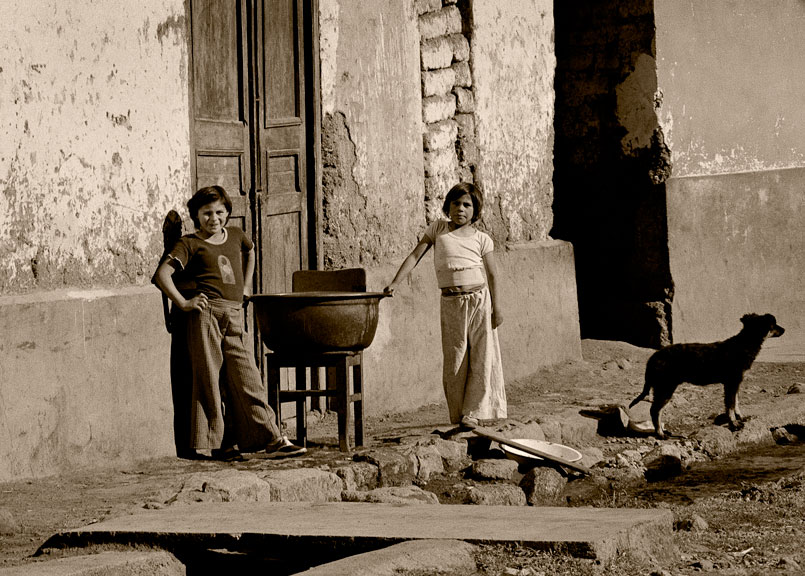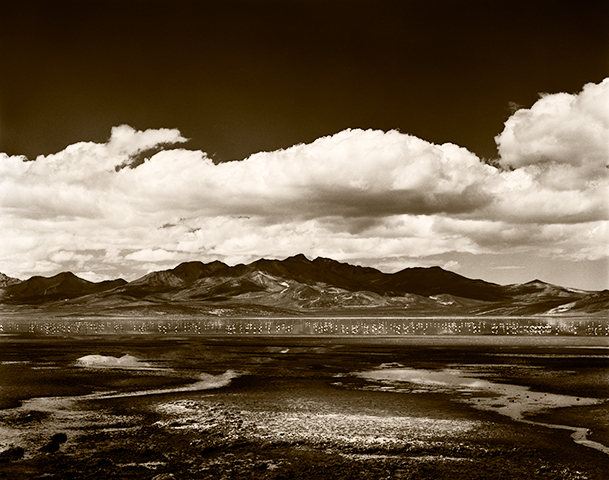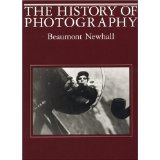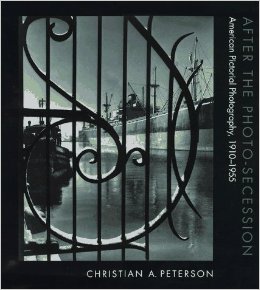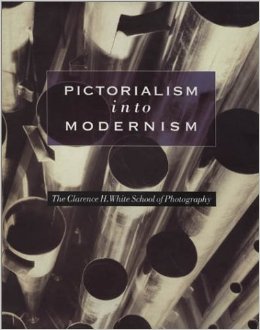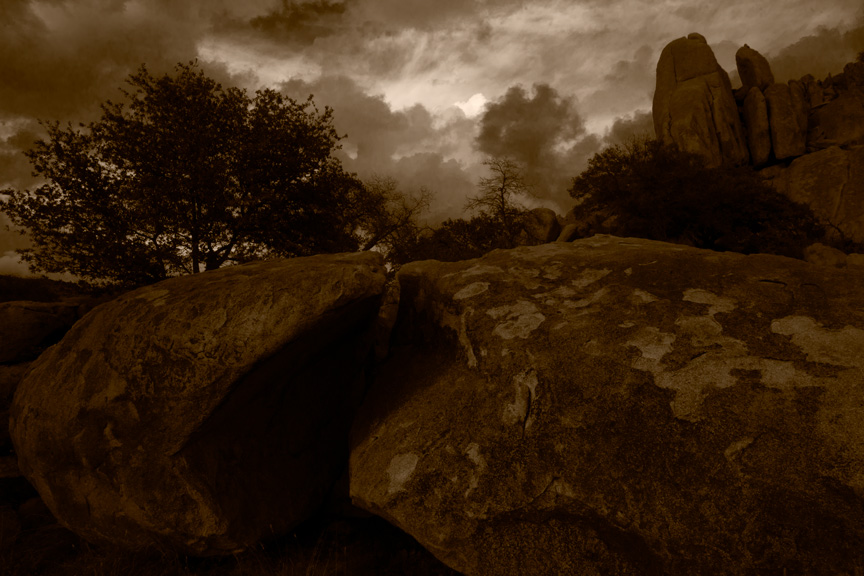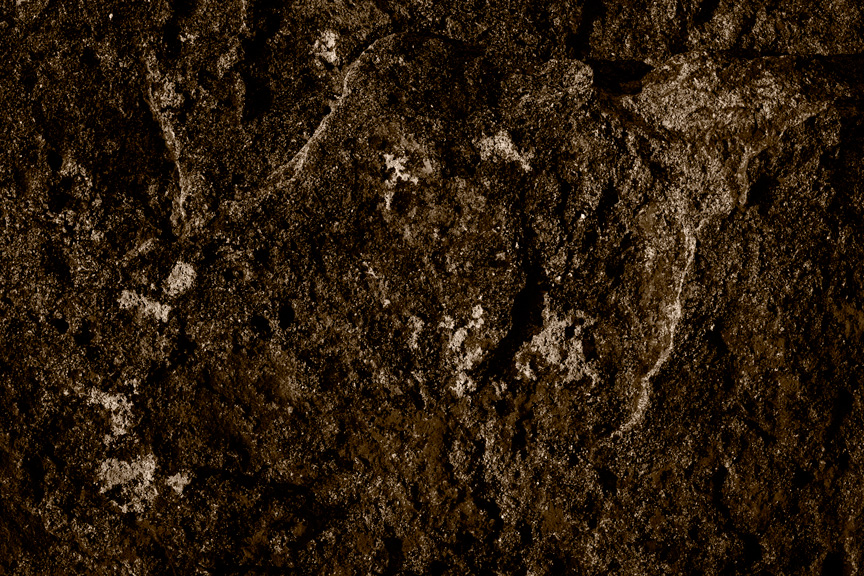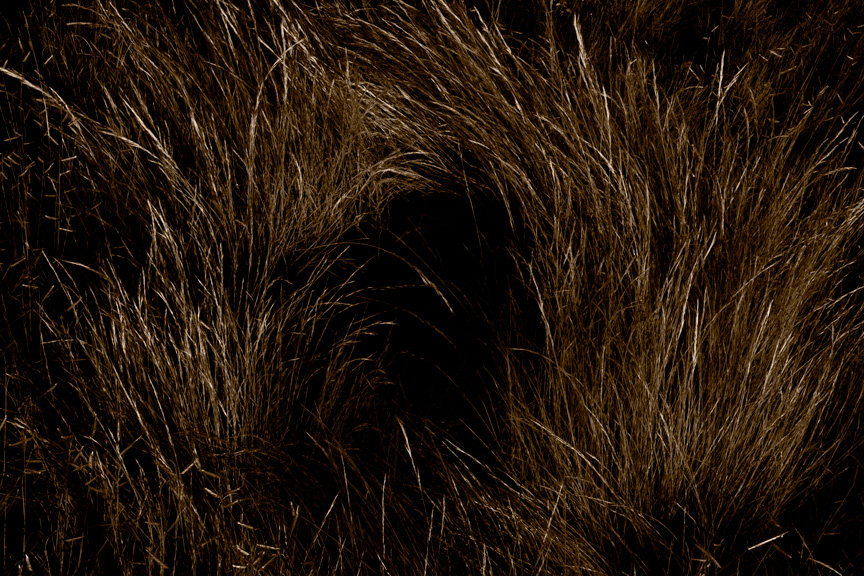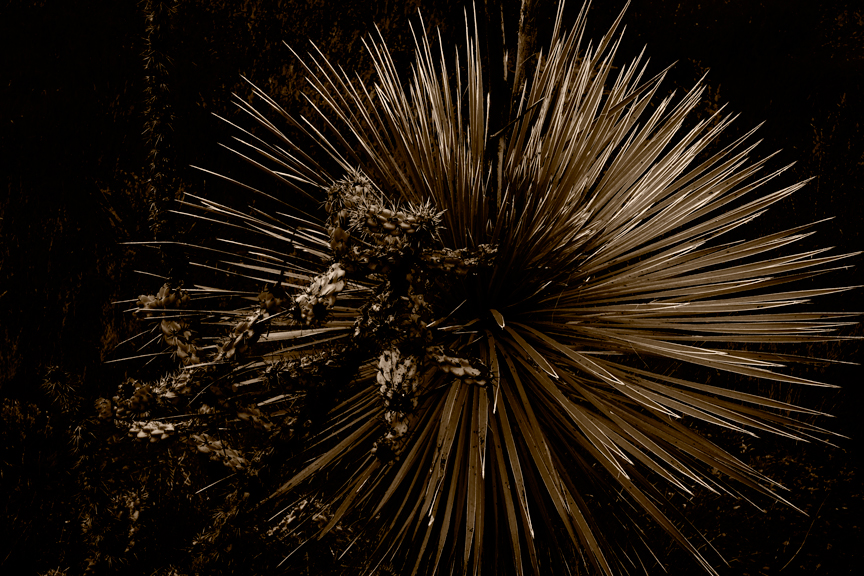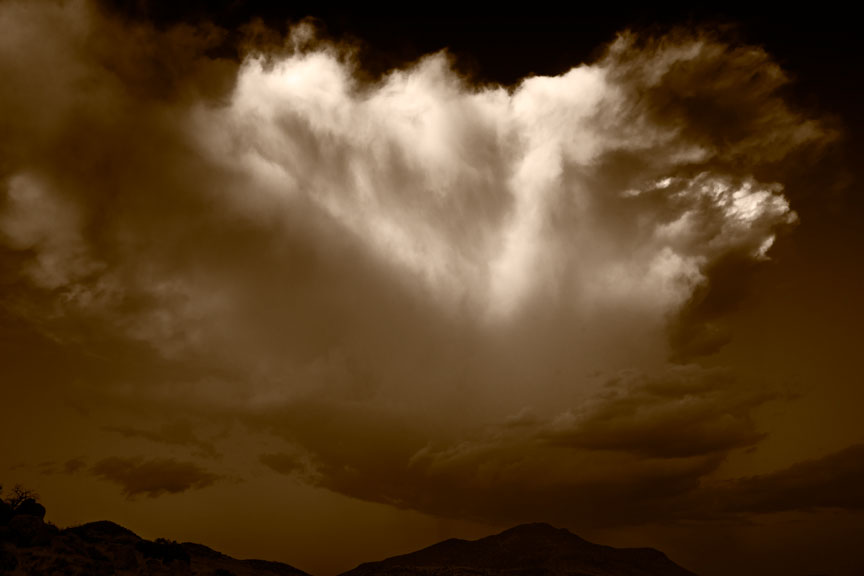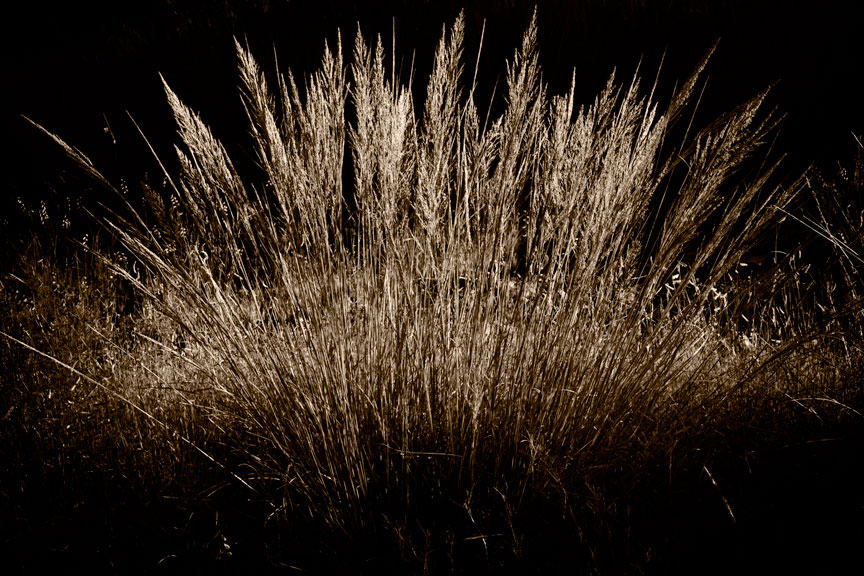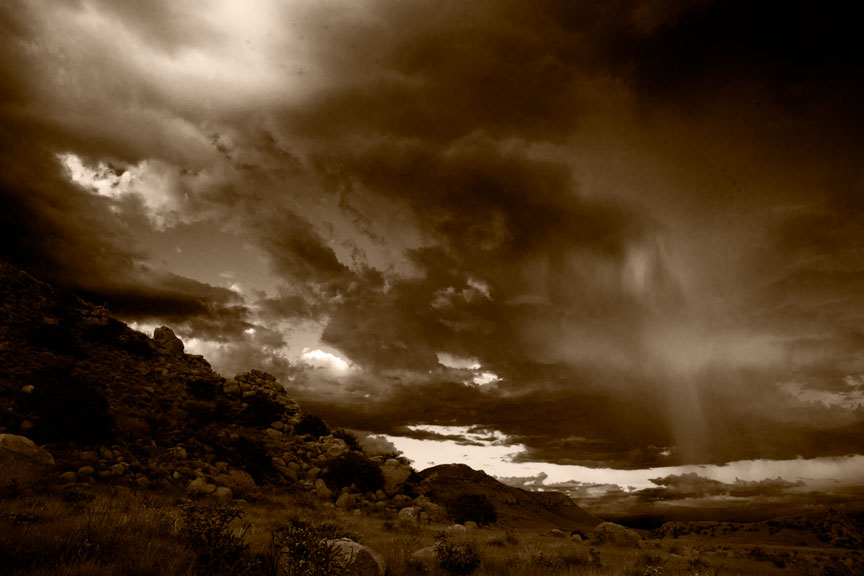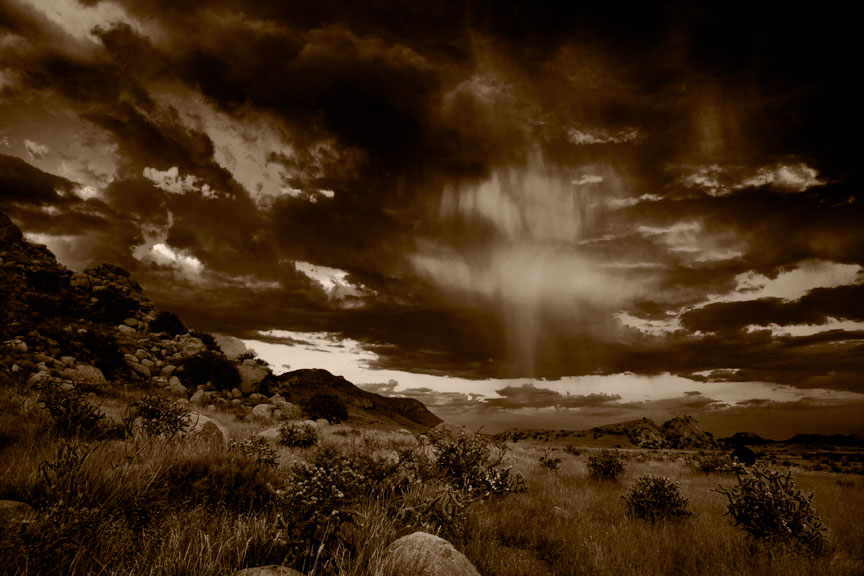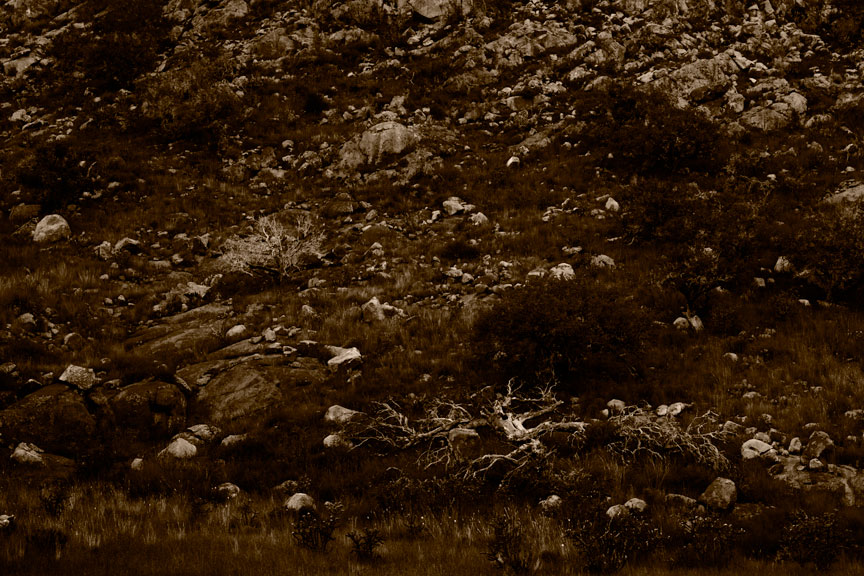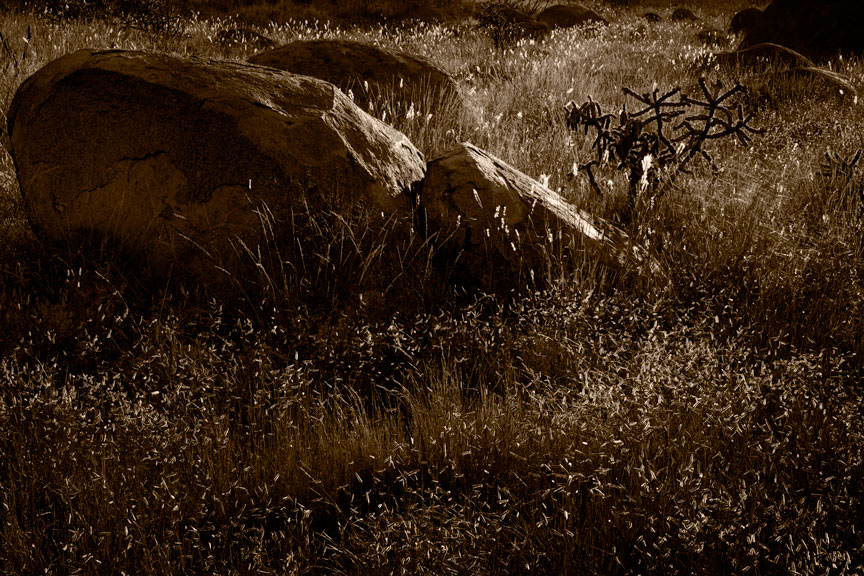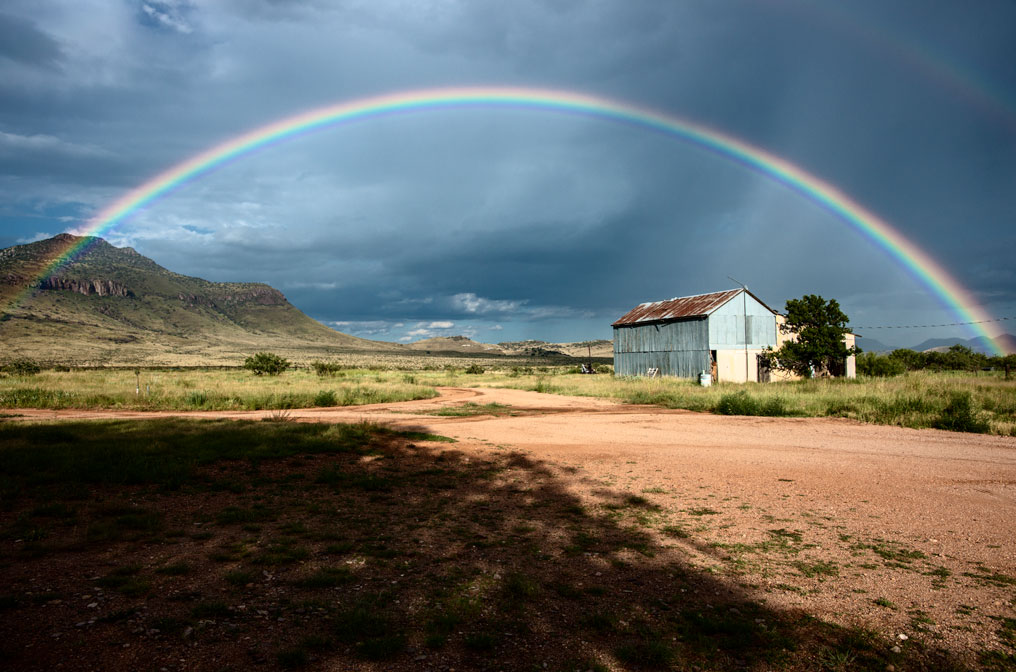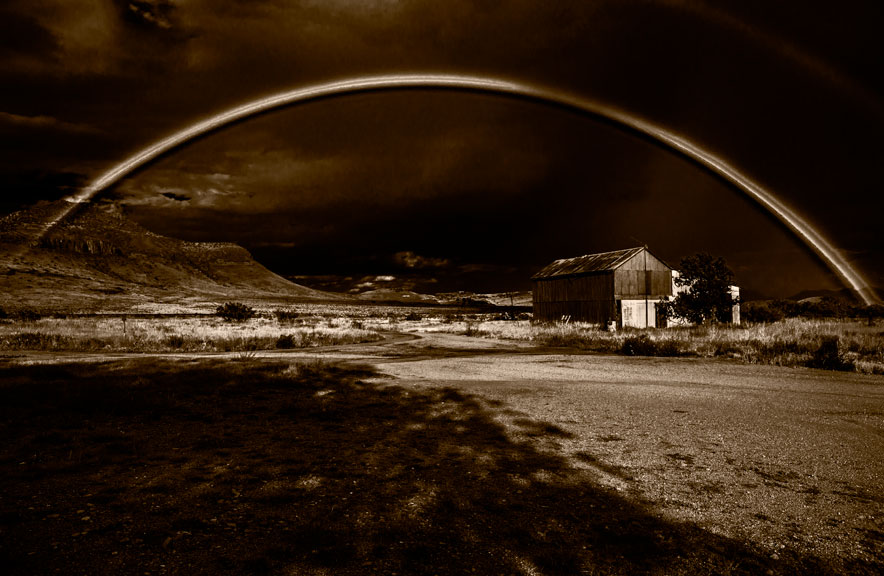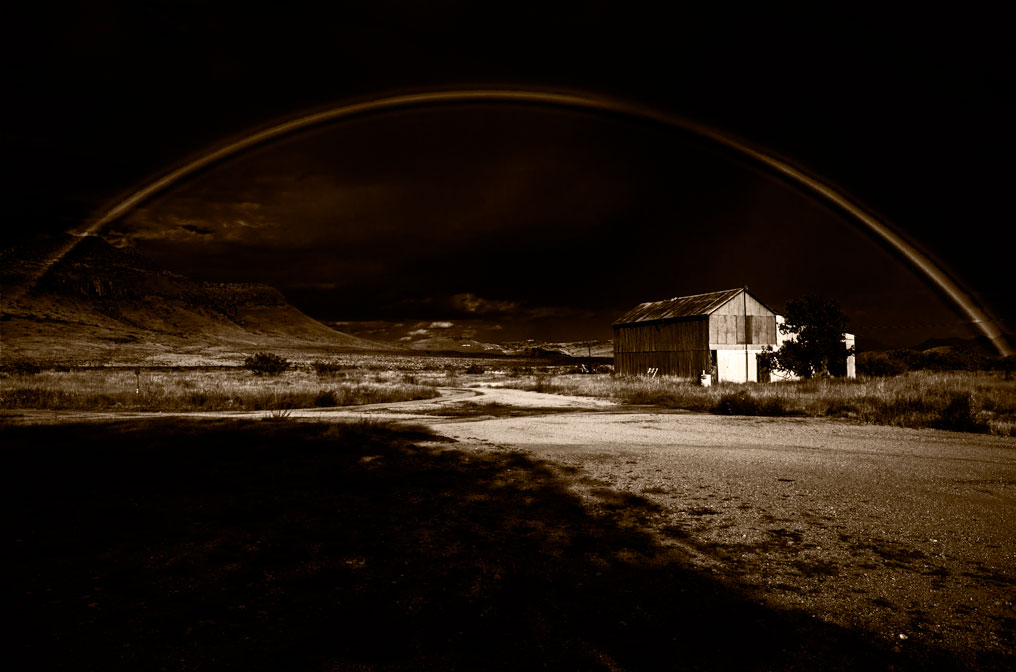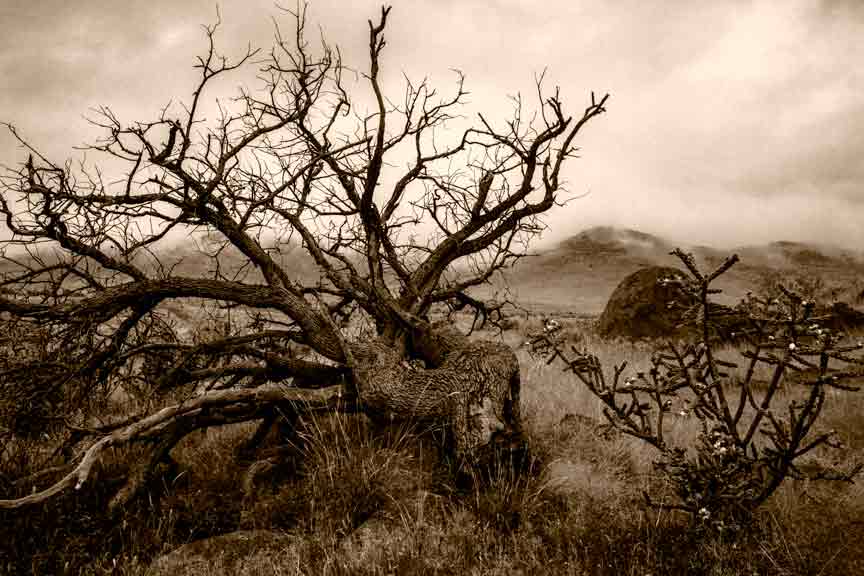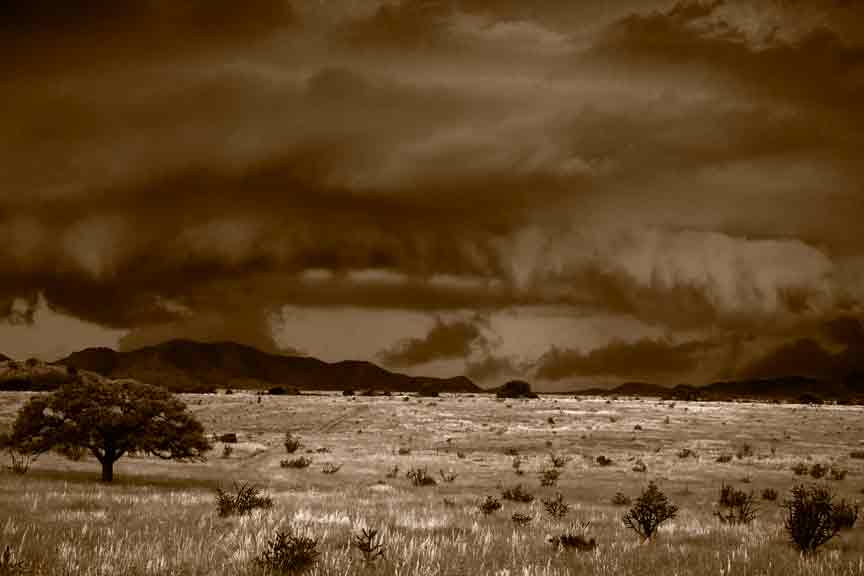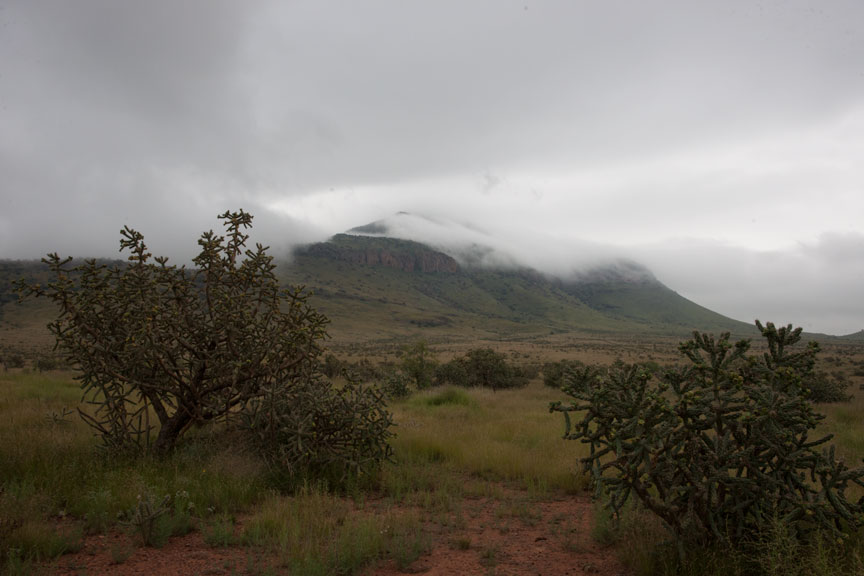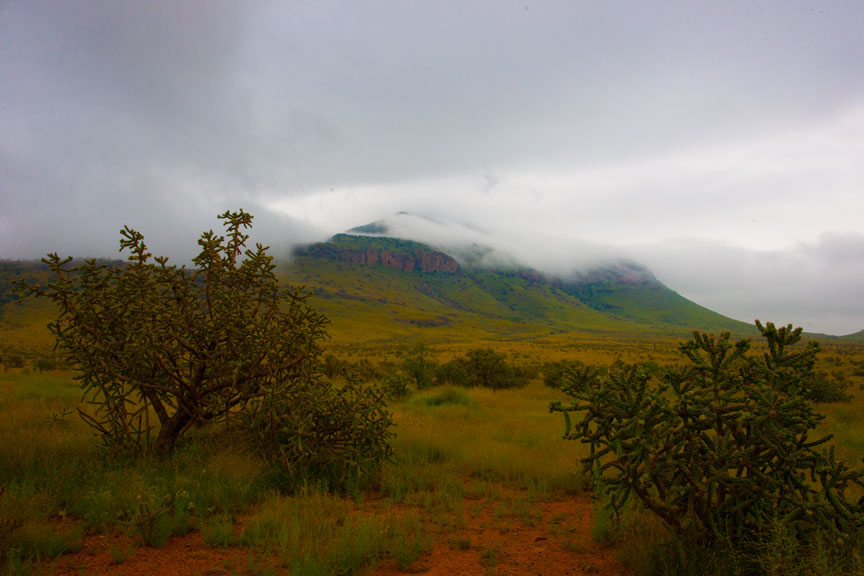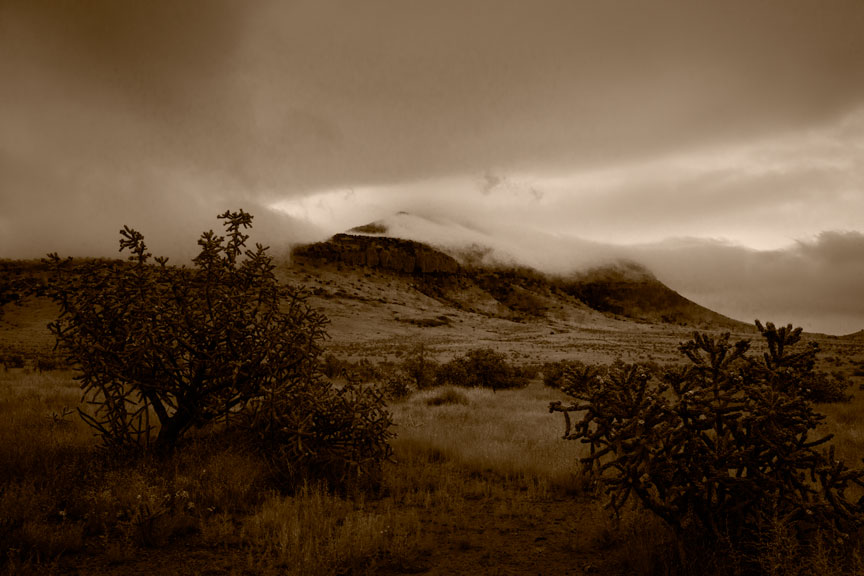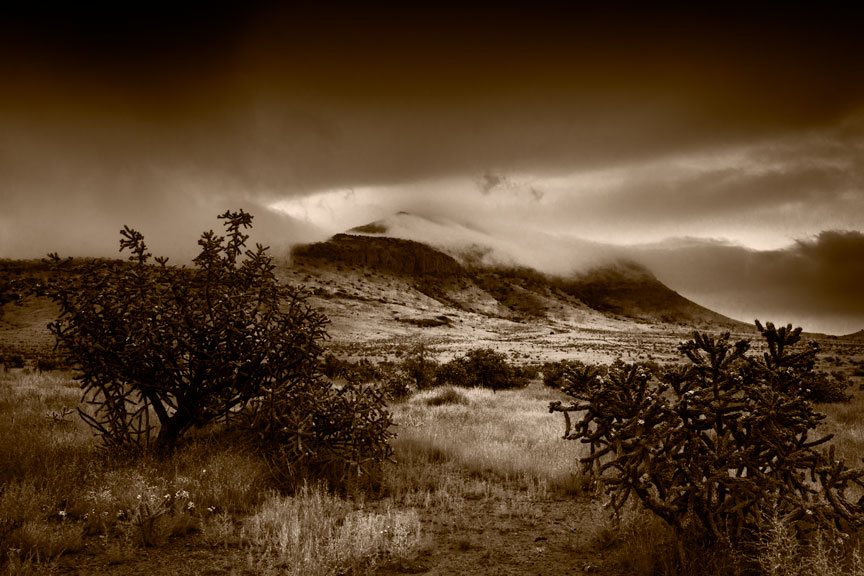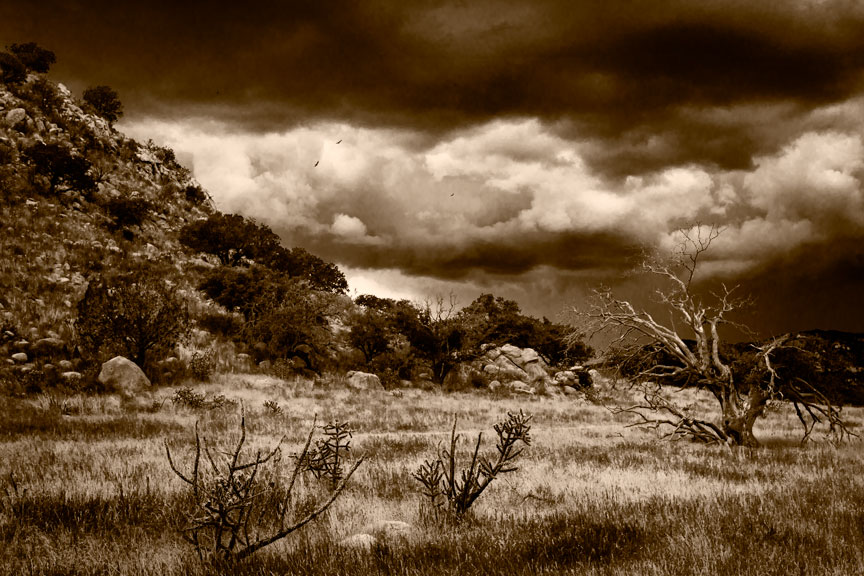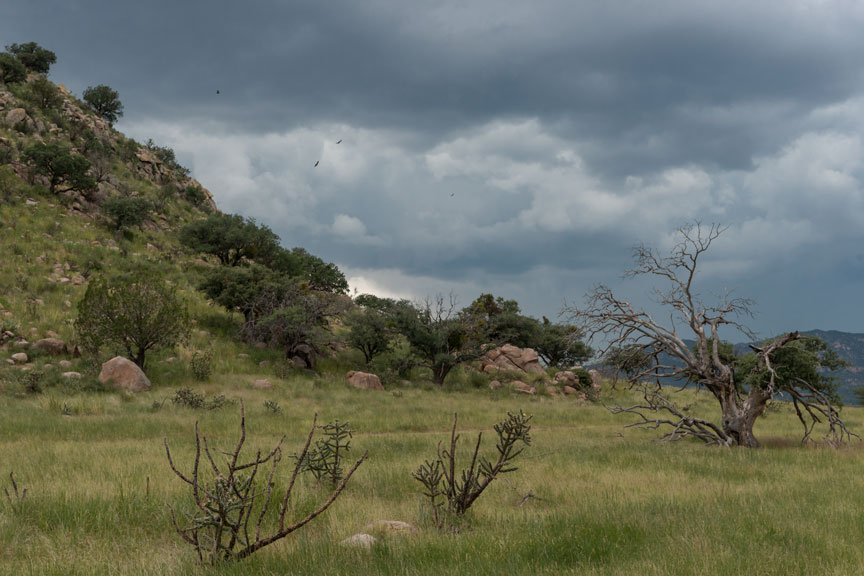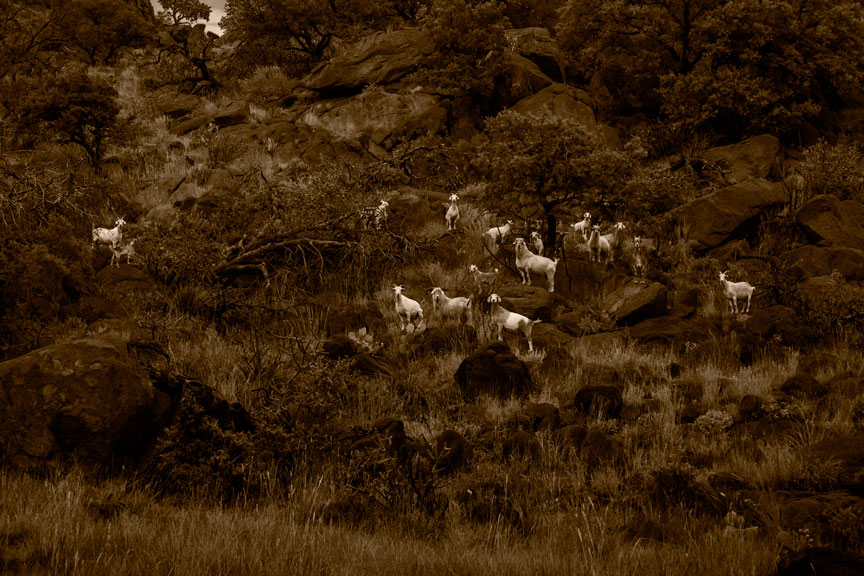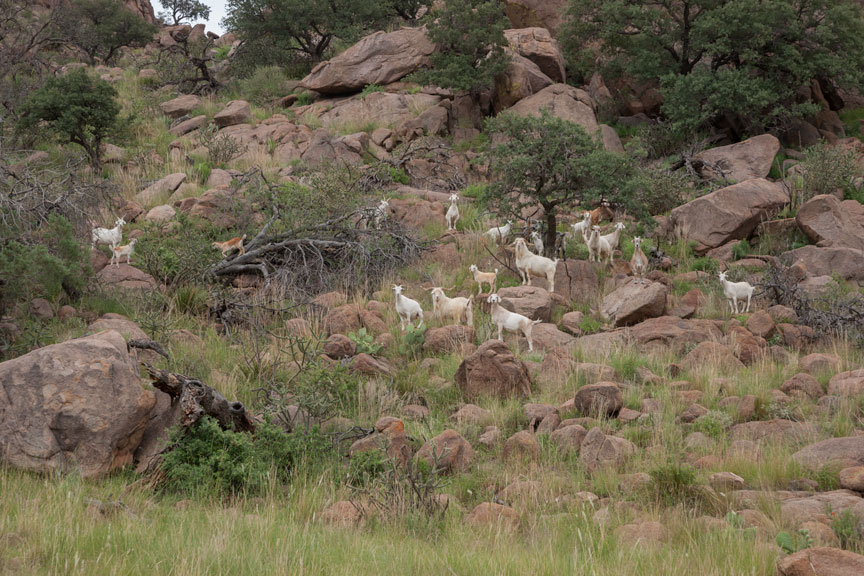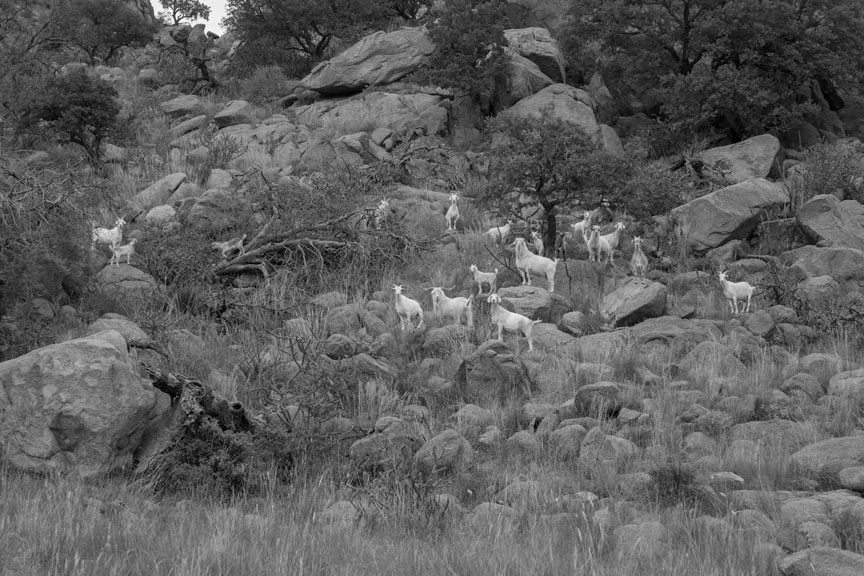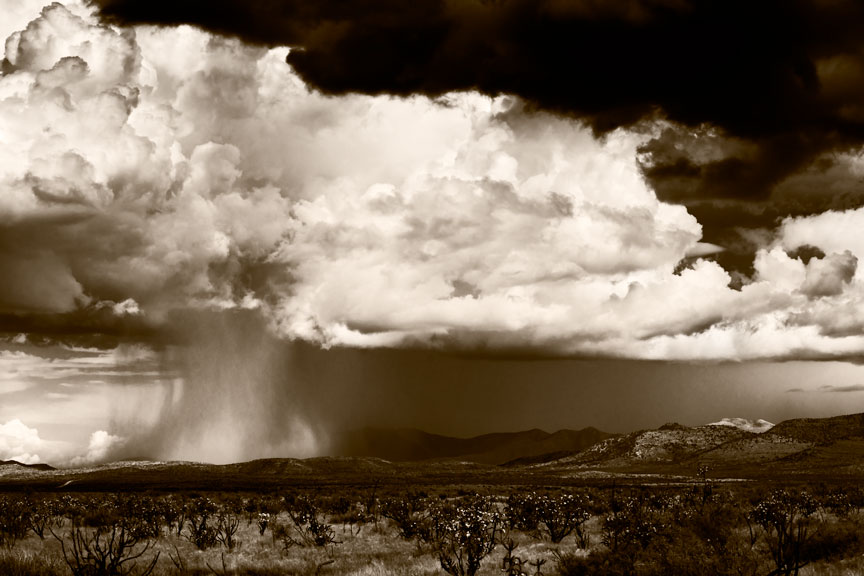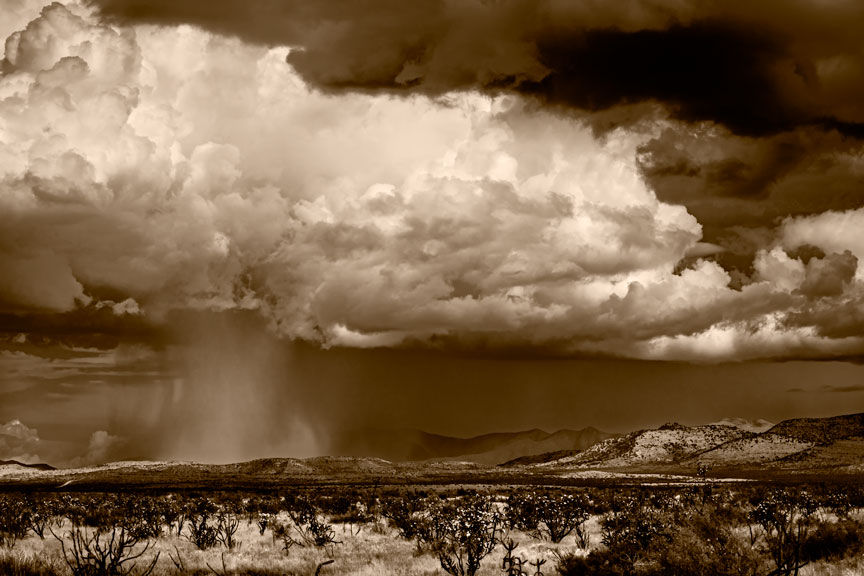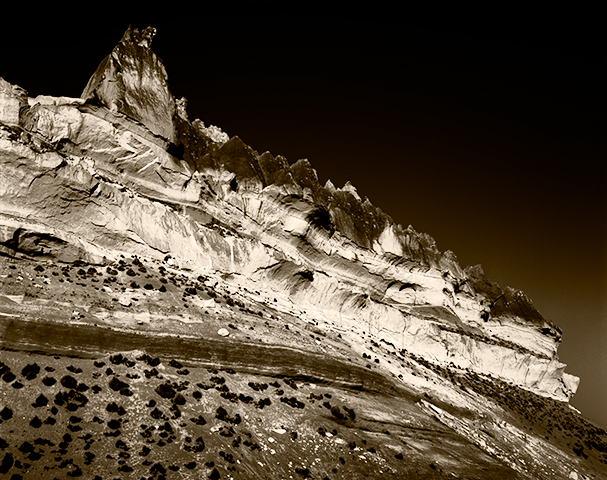Is Fine Art Photography Really Printmaking?
Today’s gratuitous photographs are three images of little old ladies in Peru. The word “vieja”, means “old woman”.The Fine Art Photograph At A Serious Crossroads
Until very recently, there was no doubt about what constituted a photograph. A photograph, whether vacation snapshot or fine art, was an image derived via a lens, by photochemical means, on paper! Then, the photograph got hit by the cross-town, Digital Express.
There were brief forays into other substrates; metal for Daguerreotypes and Tintypes, glass for Ambrotypes, a variety of materials. And of course there were lantern slides, followed later by the more familiar, 35mm color slide (aka transparency), also just different substrates. But, the target by and large has always been paper and the intent, to produce a tangible, precious object. The question now is, how has that all changed? Or, has it changed?
Not very long ago, less that twenty-five years, most photographs ended up on paper. Film was still king and aside from some pretty anemic scanning options, and transparencies of course, the only thing that could be made from film was a print. Now, very few photographs are printed on anything at all. They are kept on smartphones, uploaded to web sites, stored on hard drives, almost everything but being printed. Photographs meant to be shared are simply emailed, instead of making extra paper prints, especially since there was never a paper print to begin with. Children are probably already asking their parents, “What’s a photo album?”
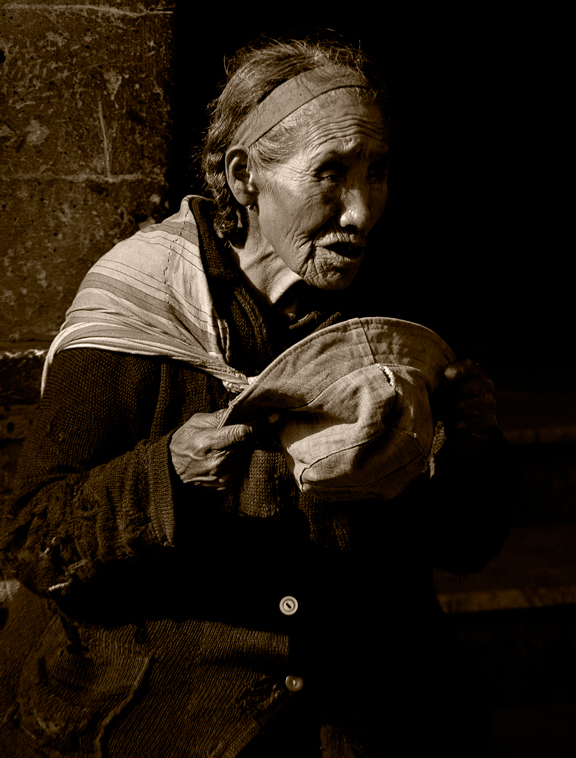
If a print is desired, inexpensive inkjet printers abound that can produce a very high quality image. Anyone with the price of a printer and the ability to read an instruction manual, can turn out good results. Those who struggle with instruction manuals can pay a small fee to someone else for similar, or even better results, at a low price.
How does all this affect the fine art photographer? Is a digital image just as desirable as a paper image? Perhaps more so? Is an image on a screen just a little bit less real than one on paper? Is it less tangible? Has the public lost its fascination with physical photographs? Is an actual print, now just old school and unremarkable because pretty much anyone can do it, or have it done?
Moreover, can an image that exists only on a screen be a fine art photograph, at all? It would probably not be difficult to make an argument that it can, especially in the current artmosphere (you heard that term here first) that seems to reject virtually nothing that is effortless and new and everything that is old and requires skill and training. You won’t catch me making that argument, but I can see someone taking that position and defending it, successfully.
This all leads to the inevitable question: Must a fine art photograph be defined as a physical object? Or can it consist only of electrons, and still be legitimately called a fine art photograph?
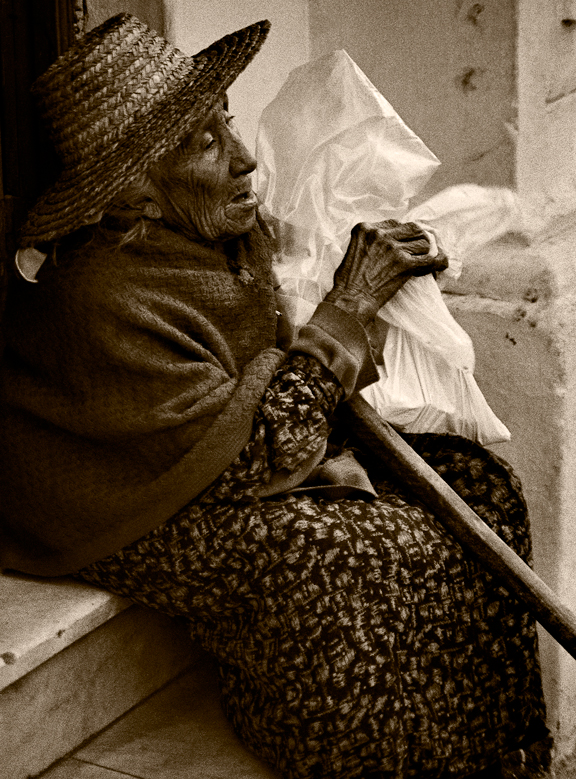
I can’t necessarily solve the mystery, but I think I can tell you what’s coming because of it. Until very recently, a fine art photograph was absolutely a physical object; a print on paper (or occasional other substrates). It couldn’t be something else because there was nothing else for it to be. To many fine art photographers it will remain just that, forever. But the people who view art as something ever-expanding and ever-advancing (one has to ask if all the changes they champion have to be, by definition, advances, and why some aren’t in fact, reversals) will insist that photographs that are not physical objects are still art, and still valid. I suppose there will be those who choose to live in both camps, but the majority of photographers are going to split at precisely this intersection. Those who prefer a path of least resistance and smallest effort will absolutely go the route of the non-physical image. It is a LOT easier to produce. But it is also highly fugitive.
Paintings have a physical presence that cannot be scanned, and displayed on the internet. The essence of the painting is lost. Part of what makes a painting, a painting, is its physicality. The same is true of the fine art photograph. In order for it to be complete, it must have presence also. A fine art photograph is a work of art, on paper. (And occasionally on other supports.)
Fine art photographers will continue to make images on paper, because that is what the photograph is. It is not complete unless it is a physical object. Fine art photographers by and large are going to remain makers of images on paper.
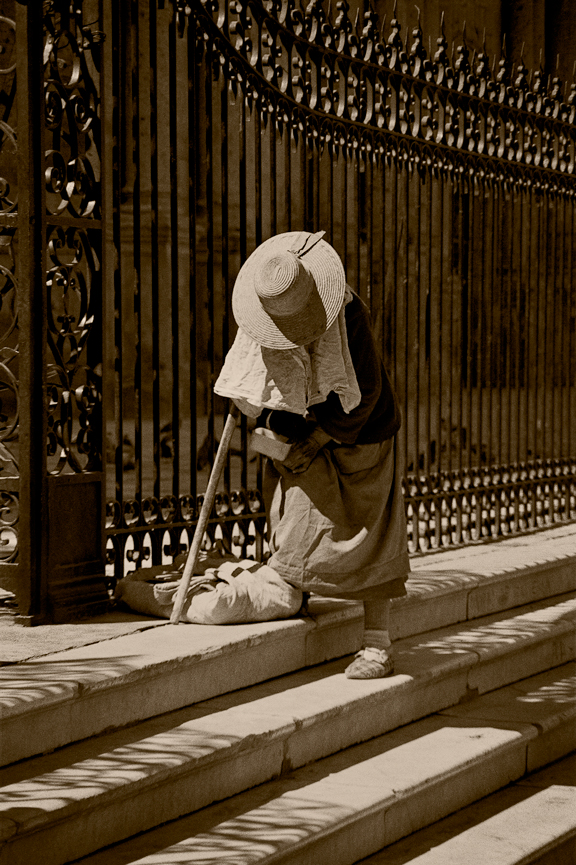
This leads to another interesting question: Is fine art photography really a branch of printmaking? Printmaking is producing art on paper with ink, not what analog photography usually was, but certainly what happens with a photograph and an inkjet printer today. In fact, digital photography is assisting photographers greatly in moving even closer to printmaking, because now, an inkjet printer can be used to create an enlarged digital negative, or in my case, an enlarged positive, for printing photogravures. The whole world of chemical-based, alternative photographic printing has been broadened tremendously by the advent of digital photography and it is quite probable that a significant proportion of fine art photographers will use those digital advances to make an ever-expanding variety and improved quality of analog photographic prints. 21st century digital technology is helping modern photographers to make better 19th century process photographs on paper. Ain’t technology grand!?
Where fine art photography is going from here is a big deal. I’d love to see someone else’s thoughts, aside from my own. Please feel free to post your opinions and ideas.
dk

